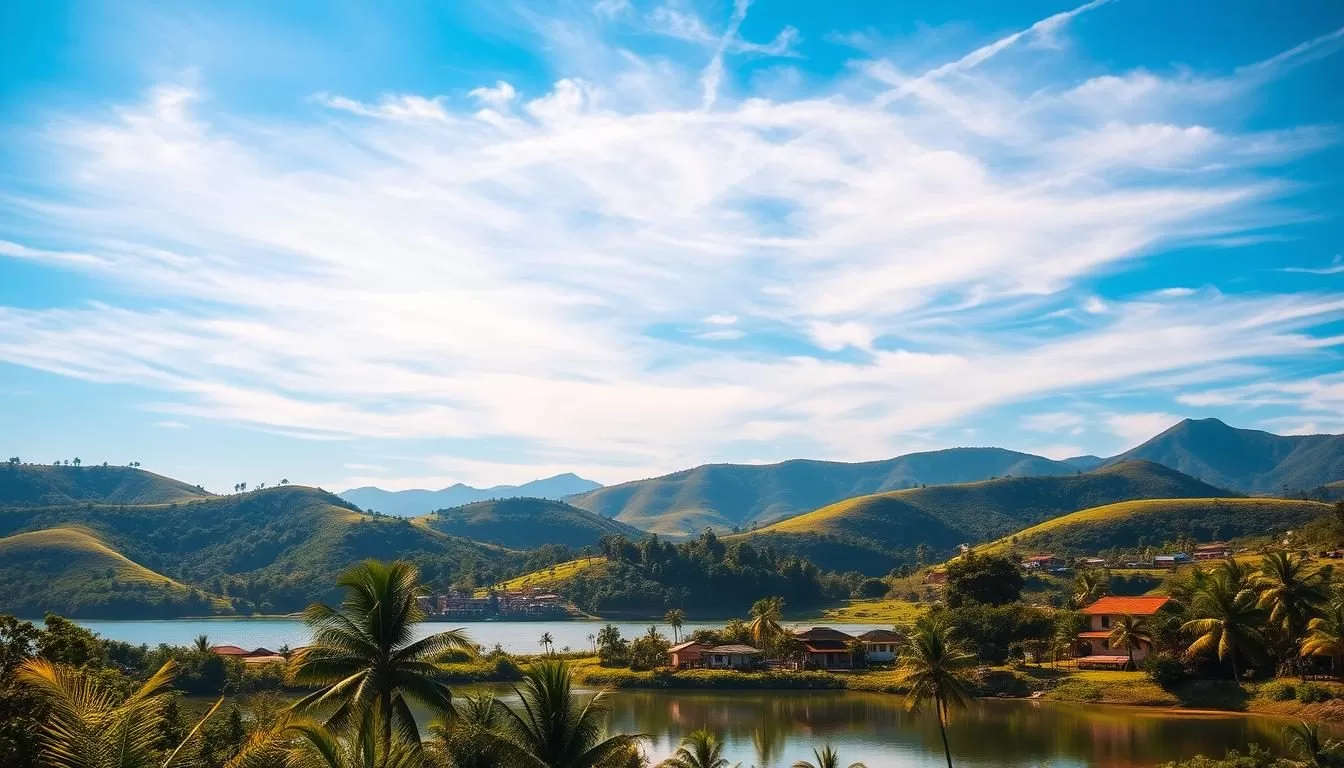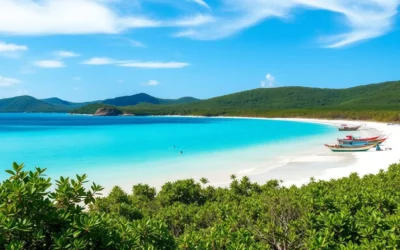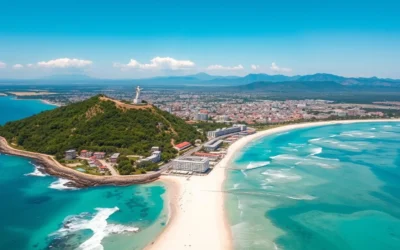Planning a trip to Timor-Leste requires understanding its tropical climate, where temperatures range from 25 to 35 degrees Celsius along the coastlines, promising warm beach weather year-round. As you venture into the highlands, you’ll discover a cooler atmosphere, sometimes shrouded in mist or brilliantly clear.
Timing is everything when exploring this Southeast Asian gem. The island nation’s unique geography creates diverse microclimates that can enhance or challenge your travel plans throughout the year. This comprehensive guide will help you maximize your time in Timor-Leste by aligning your visit with optimal conditions for your preferred activities.
Whether you’re drawn to pristine beaches, mountain trekking, or underwater exploration, understanding the country’s weather patterns is essential for planning your perfect adventure.
Understanding Timor-Leste’s Tropical Climate
The tropical climate of Timor-Leste is influenced by its strategic location between Oceania and Southeast Asia. This unique position contributes to the island’s consistent warm temperatures throughout the year. Timor-Leste’s climate is characterized by its tropical nature, with temperatures rarely dropping below 25 degrees.
Geographic Influences on Weather Patterns
The island’s mountainous terrain significantly influences local weather patterns, creating cooler conditions at higher elevations. The surrounding seas and ocean currents also play a crucial role in shaping the climate, with coastal areas typically experiencing temperatures between 25-35°C year-round. As a result, the climate varies across different regions of the island.
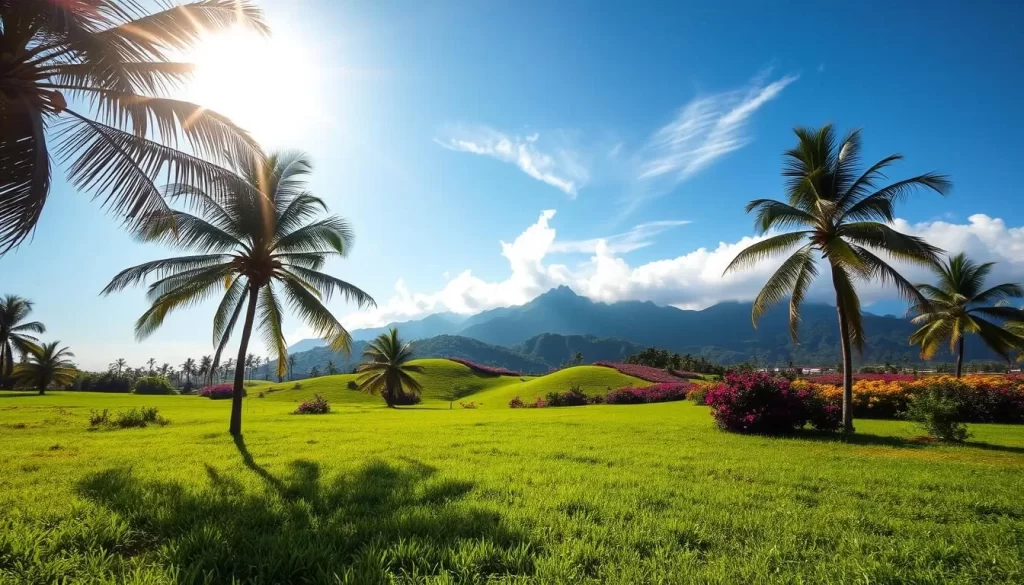
Temperature Ranges Throughout the Year
Temperature ranges in Timor-Leste vary significantly with elevation levels. Highland areas offer refreshingly cooler temperatures compared to the coastal regions. Understanding these geographic influences will help you plan your trip and activities according to the temperature variations you’ll encounter in different parts of the country.
The Two Distinct Seasons of Timor-Leste
Timor-Leste’s climate is characterized by two distinct seasons that significantly impact the island’s weather patterns throughout the year.
Understanding these seasons is crucial for planning your trip and making the most of your visit.
Dry Season: May to November
The dry season in Timor-Leste, which spans from May to November, offers clear skies and minimal rainfall, making it an ideal time for outdoor activities and exploration.
During these months, the weather is generally pleasant, with comfortable temperatures and low humidity, allowing visitors to fully appreciate the island’s natural beauty.

| Month | Weather Conditions | Activities |
|---|---|---|
| May | Clear skies, low rainfall | Hiking, sightseeing |
| June | Comfortable temperatures | Outdoor adventures |
| July | Dry and sunny | Beach activities |
Wet Season: December to April
The wet season, which runs from December to April, brings significant rainfall and higher humidity levels, resulting in lush green landscapes.
While this period can present challenges for travel due to potential floods and landslides, it also offers a unique perspective on the island’s ecosystem.
- The wet season brings lush vegetation and full water levels.
- Some areas become inaccessible due to flooding.
- The rain can make outdoor activities more challenging.
Regional Weather Variations Across the Island
As you explore Timor-Leste, you’ll notice that the island’s geography significantly influences its climate. The varied landscapes, from coastal areas to mountains, create distinct weather patterns across the island.
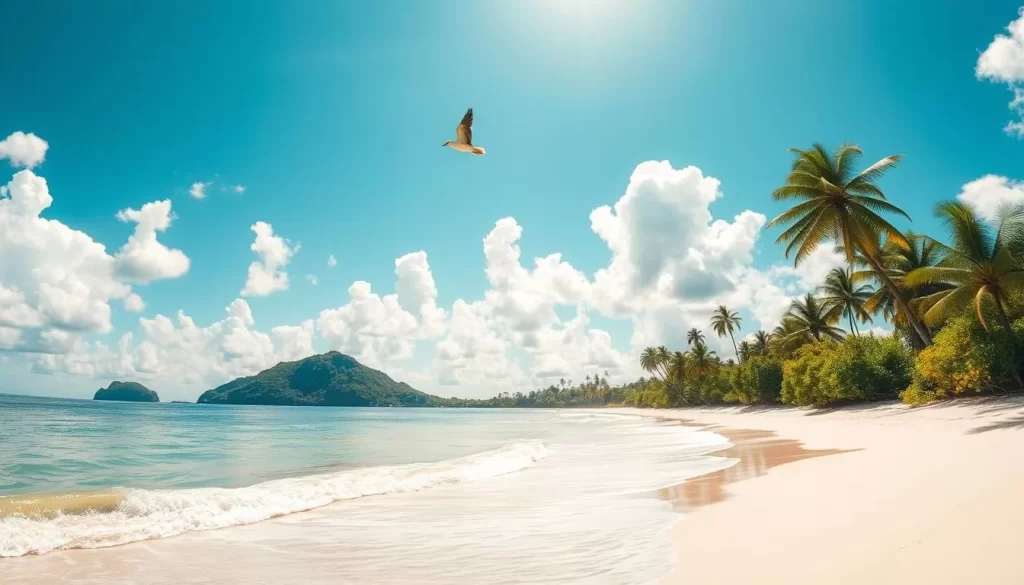
Northern Coast Climate
The northern coast, where the capital city Dili is located, generally experiences drier conditions. Dili, with its historic center bearing traces of Portuguese architecture, and Baucau, known for its colonial buildings and lush vegetation, are both characterized by relatively dry weather, especially when compared to the southern regions.
Southern Coast Weather Patterns
In contrast, the southern coast receives more rainfall, particularly during the wet season. This creates a different ecosystem and set of travel considerations. The increased rainfall in these areas results in lush landscapes and diverse wildlife.
Mountain and Highland Microclimates
The mountainous regions offer unique microclimates with cooler temperatures and occasional mist. Areas like the Nino Koni National Park in the eastern part of the island are home to undisturbed rainforests, providing a habitat for a variety of bird species. Understanding these regional variations will help you plan your trip to take advantage of the best weather conditions in each area.
- The northern coast is drier and more protected from monsoon rains.
- Southern coastal areas are wetter and have different ecosystems.
- Mountainous regions have cooler temperatures and unique microclimates.
Timor-Leste: Best Months for a Weather-Savvy Trip
The best time to visit Timor-Leste is during its dry season, which offers perfect conditions for exploring the island. This period is characterized by minimal rainfall and comfortable temperatures, making it ideal for a variety of activities.
Prime Travel Window: June to August
The months of June through August represent the prime travel window for visiting Timor-Leste. During this time, you can expect the most reliable weather conditions, with minimal rainfall and comfortable temperatures. These peak dry season months provide optimal conditions for a wide range of activities, from relaxing on the beach to hiking in the mountains, making it the best time of year for first-time visitors.

Shoulder Seasons: May and September-November
For travelers on a budget or those who prefer fewer crowds, the shoulder seasons of May and September-November are worth considering. These periods still offer excellent weather conditions with fewer tourists, potentially making them the best months for budget-conscious travelers. Each month within the dry season has subtle variations in weather patterns that might make certain times better for specific activities or regions of the island.
Understanding the trade-offs between peak season (best weather but more visitors) and shoulder season (slightly less reliable weather but fewer crowds) will help you determine the perfect travel time for your preferences. By choosing the right time to visit, you can make the most of your trip to Timor-Leste.
Seasonal Activities and Experiences
The island’s unique climate and geography create a variety of experiences that are best enjoyed during specific times of the year. Whether you’re looking to dive into the crystal-clear waters, hike through the mountainous terrain, or witness the majestic whales, understanding the seasonal activities in Timor-Leste is crucial for a memorable trip.
Diving and Snorkeling: Best Months for Underwater Visibility
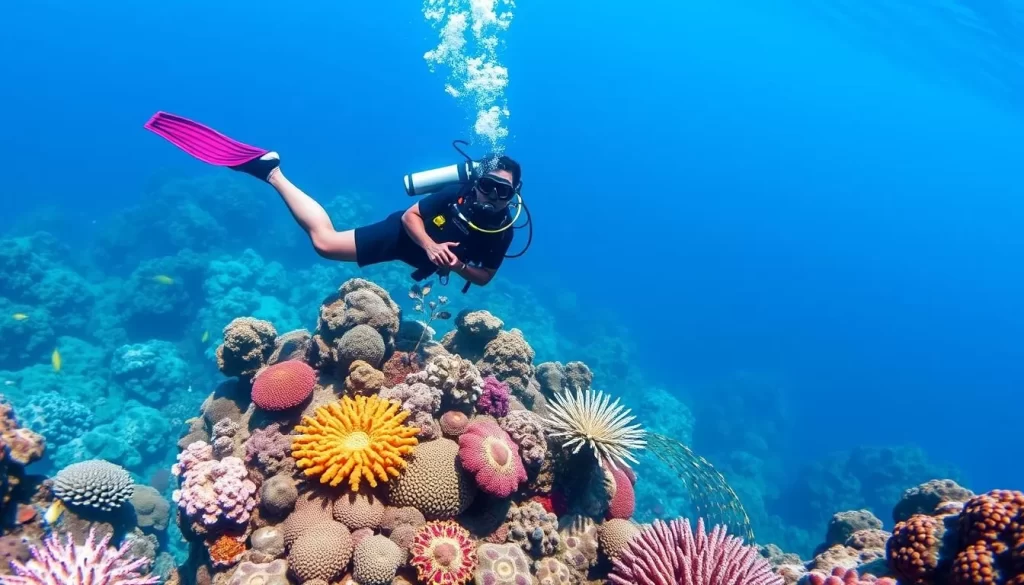
Diving and snorkeling are possible all year round in Timor-Leste, thanks to the warm water temperatures ranging from 26-28°C. However, the dry season offers the best underwater visibility, making it the ideal time for exploring the island’s incredible coral and sea life. The northern coast, often referred to as the “Amazon of the Seas,” is a haven for divers and snorkelers.
Hiking Mount Ramelau and Other Trails

For hikers, Timor-Leste offers a range of trails, with Mount Ramelau being one of the most popular destinations. The dry season is the best time to hike, with comfortable day temperatures and dry trail conditions. The trek to the summit, which is also a Christian pilgrimage site, takes several hours and offers breathtaking views.
Whale Watching: September to December
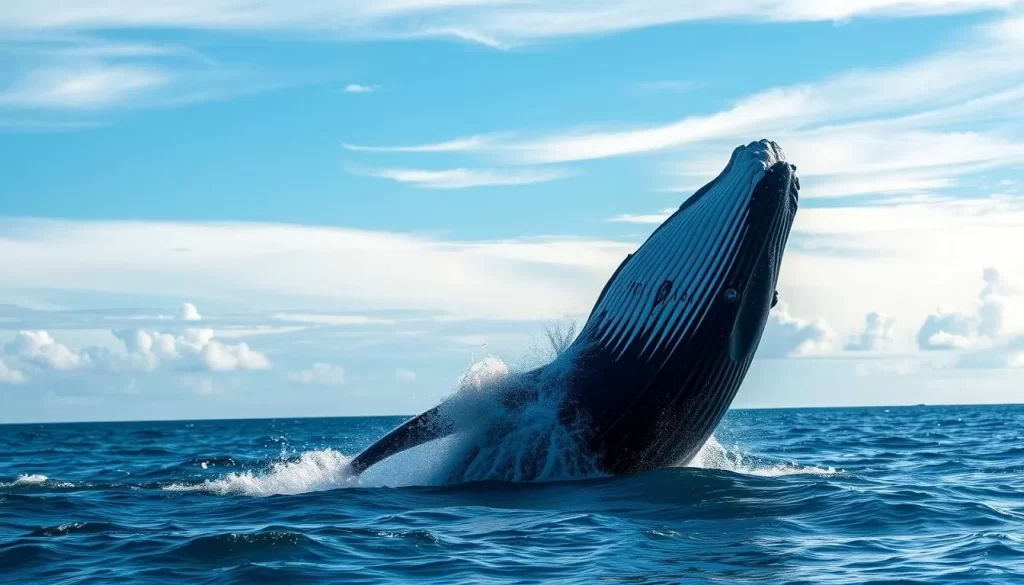
Whale watching in Timor-Leste reaches its peak from September to December, when the migration patterns bring these magnificent creatures through the sea channels near the island. November and December are particularly good months for spotting whales, making it an exciting experience for visitors during this time.
By understanding the seasonal activities and experiences that Timor-Leste has to offer, you can plan your trip to make the most of your time on the island. Whether you’re interested in diving, hiking, or whale watching, there’s a best time to visit that will enhance your experience.
Weather-Based Travel Itineraries
Your travel plans to Timor-Leste can be optimized by understanding the local weather conditions. The country’s diverse landscapes and climates offer a unique experience throughout the year, making it essential to plan your trip according to the season.
Dry Season Exploration: Coastal and Mountain Routes
During the dry season, from May to November, you can explore Timor-Leste’s coastal highlights and mountain adventures with ease. The reliable weather conditions make it an ideal time for outdoor activities such as hiking and diving. You can plan your day with confidence, knowing that the weather will be in your favor. The dry season is also a great time to visit the islands, where you can enjoy water sports and other activities.
Wet Season Adventures: Working Around the Rain
If you’re visiting during the wet season, from December to April, don’t let the rain dampen your spirits. You can still have a great time exploring the country by planning your day around the typical rainfall patterns. Consider visiting the islands, which are still accessible during this time, and enjoy the lush green landscapes that the wet season brings. You can also indulge in indoor activities such as cultural festivals and local cuisine, which are a great way to experience the country’s rich culture.
Practical Weather Considerations for Travelers
To make the most of your visit to Timor-Leste, it’s crucial to be aware of the practical aspects of traveling during different times of the year. Understanding the weather conditions and their impact on your travel plans can significantly enhance your experience.
What to Pack Based on When You Visit
Packing appropriately for your trip to Timor-Leste depends on the time of year you plan to visit. During the dry season, from May to November, lightweight clothing and sunscreen are essential for daytime exploration. In contrast, the wet season, from December to April, requires waterproof gear and sturdy footwear to navigate potentially slippery roads and trails.
Transportation Challenges During Different Seasons
Traveling in Timor-Leste can be challenging due to the country’s underdeveloped roads, which are further complicated by seasonal weather conditions. During the wet season, landslides and slippery surfaces can significantly delay travel. A flexible travel itinerary and awareness of the potential for road closures are crucial for navigating these challenges.
| Season | Transportation Challenges | Precautions |
|---|---|---|
| Dry Season | Generally safe, but some roads may be dusty | Stay hydrated, wear protective gear |
| Wet Season | Landslides, slippery roads, potential road closures | Plan for flexibility in your itinerary, check road conditions regularly |
Conclusion: Planning Your Perfect Timor-Leste Adventure
As you plan your trip to Timor-Leste, understanding the country’s diverse climate is key to a memorable adventure. You’ve gained insights into the best times to visit based on your preferences and activity interests. The dry season, from May to November, offers the most reliable weather, with peak conditions from June to August. Consider the trade-offs between different times of the year: the wet season brings lush landscapes but requires flexibility. With safe drinking water and weather conditions in mind, you’re ready to enjoy Timor-Leste’s stunning natural beauty, from its pristine waters and coral reefs to its misty mountains and lush forests, making the most of your time in this fascinating country.
The above is subject to change.
Check back often to TRAVEL.COM for the latest travel tips and deals.
